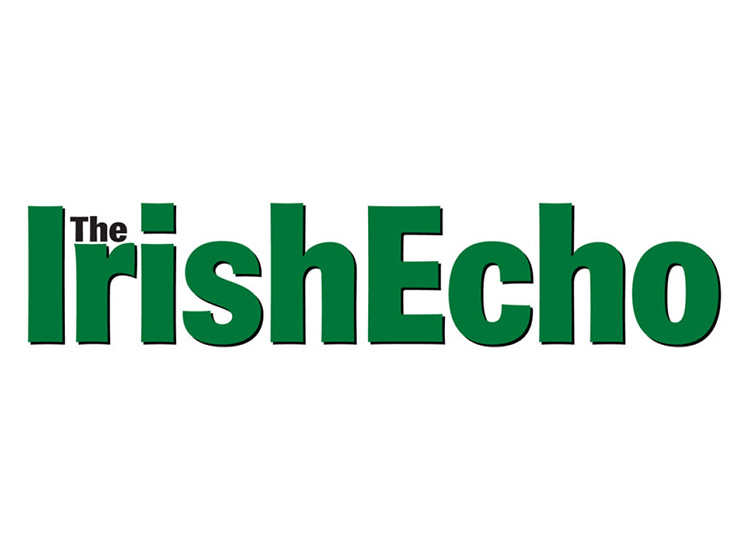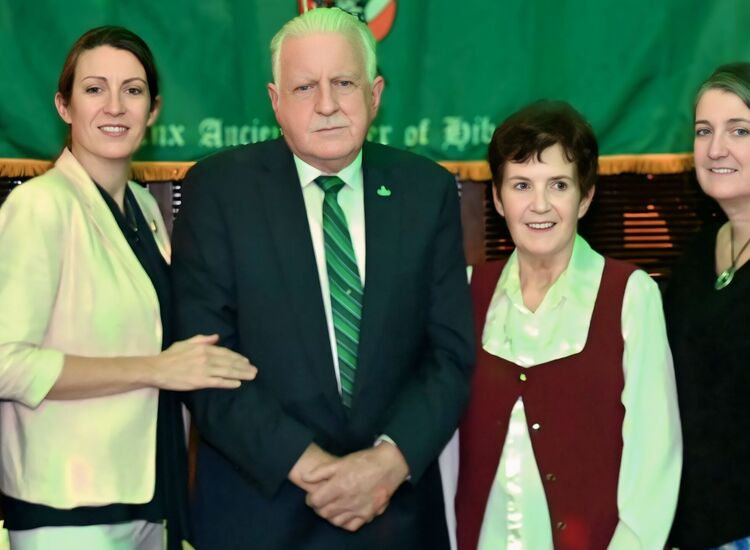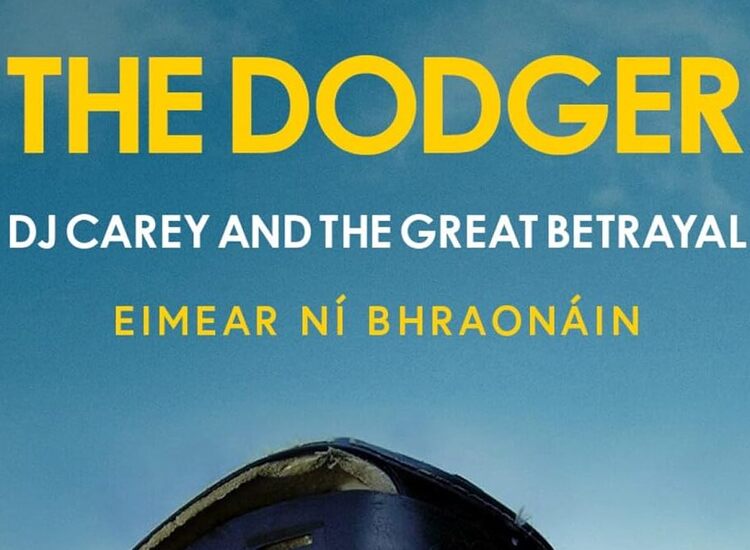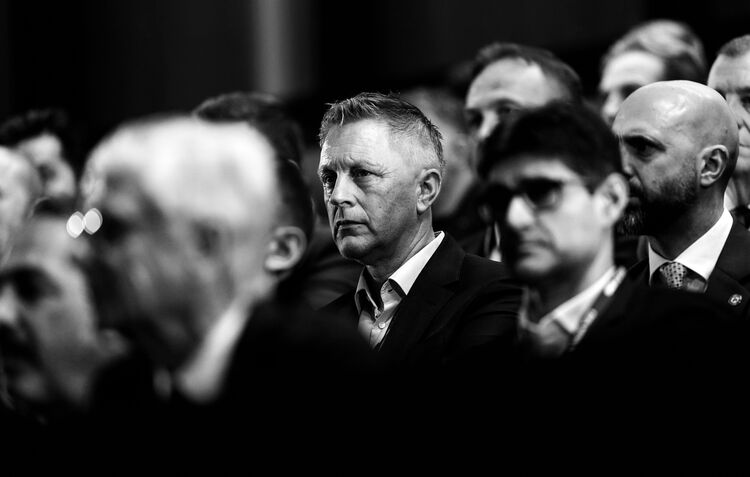By Peter McDermott
Enda Kenny was elected taoiseach last week with the backing of 117 TDs and just 27 opposing. That vote recalled another whopping Dáil margin in the fall of 2008 - 124 to 18, on the decision to guarantee the banks' losses.
All of the 18 were Labour TDs, whose leader Eamon Gilmore said that the guarantee amounted to the biggest welfare check in history. During the recent campaign, the Labour Party ran an ad depicting Fianna Fáil, Fine Gael, Green and Sinn Féin TDs as sheep who'd been herded into a bad decision.
Then come the day of the election count, the newscasters and analysts talked about a "watershed" election after which nothing would be the same. They even mentioned "realignment," but not the one that's been hoped for by the left for generations. There simply wasn't the great breakthrough for Labour that some of its adherents had hoped for and thought it deserved.
The election was indeed "historic," given the collapse of the Fianna Fáil vote to 17.4 percent from 41.6 in 2007. The big question for the commentariat was whether that party, which had governed Ireland aside from occasional breaks since 1932, could ever again be reconstructed as a major force. The consensus seemed to be a negative one from Fianna Fail's perspective: its best hope was to remarket itself as a "niche" party.
Labour itself was once a niche party in a conservative country, drawing support mainly from left-leaning workers in Dublin and farm laborers in Leinster. It has routinely fallen well short of its desire to become much more than that, but has also defied the worst prognoses of others.
On Feb. 25, 2011, the party did better than its rivals in one particular category - the increase in share of the first-preference vote since the last general election. It had a swing of 9.3 percentage points to 19.4 percent (winning 37 seats), whereas Fine Gael's was 8.8 percent to 36.1. Then came the inevitable deal between the two.
Charlie Haughey, that great expert on ethical matters, once commented that when Labour wrestled with its conscience Labour always won. That is: rather than resisting the lures of office and staying in opposition to build its forces, it would always accept ministries in a Fine Gael-led government. However, when Haughey was safely gone, it did share power with Fianna Fáil. That was after the 1992 election - the last time it got close to the 20 percent mark.
Labour shifted gears in 1994 and changed the government without the benefit of an election by cobbling together an alliance with Fine Gael and Democratic Left (of which Gilmore and his immediate predecessor as Labour leader, the new communications minister Pat Rabbitte, were members).
This time, there were calls by one union leader for Labour to keep "its nerve" and lead in opposition a left bloc, which would include those independents close to it, Sinn Fein and the five-seat United Left Alliance.
But the last thing most other union leaders - and most voters -- wanted was Fine Gael governing with the help of right-wing independents. Instead, what they did get, a "national government" of sorts, has already lifted spirits in a demoralized nation.
The anti-coalition argument within Labour was always rigorously logical, but it ran up against one important impulse: senior politicians want to serve at cabinet and sub-cabinet levels. (Note how the crooked Haughey portrayed the desire of clean politicians to get things done as somehow morally suspect.) And Labour's elected representatives get less opportunity than many of their socialist counterparts in Europe. For instance, the new government's deputy head, who turns 56 next month, had no cabinet experience before last week. Now Eamon Gilmore joins that illustrious band of former student radicals who've become foreign ministers.
Some critical voices were raised at his party's special conference last Sunday, but the deal went through with ease. Changes in demographics and the world economy over the past few decades left social democracy everywhere scrambling for coherence and in Ireland forced Labour to worry more about survival and less about the appropriateness of coalition with parties to its right.
The tendency of center-left parties has been to travel light ideologically lest too many specific policies provide easy targets for the right, while still emphasizing social protection and egalitarianism. (British Labour politician Gerald Kaufman famously referred to his party's left-wing manifesto in the 1983 election as the "longest suicide note in history.")
Yet, it's obvious enough that an urbanized, secularized Ireland has moved left. That can even be seen in the composition of Labour's top leadership. Gilmore and Rabbitte started their electoral careers with the Workers Party. Joan Burton, who grew up in a working-class Dublin neighborhood, cut her political teeth as a Labour left-winger, and the new "super junior minister" from Longford-Westmeath Willie Penrose, who will sit in on cabinet meetings, also began his career on the party's anti-coalition wing. Of the new Labour ministers only Ruairi Quinn and Brendan Howlin came from the party's old guard. Even the allocation of junior ministries has favored those with Labour left and Democratic Left backgrounds.
And what of the other elements in a potential left bloc? Sinn Féin, now with 14 seats, is still very much in the process of defining itself in the South. It made significant gains, jumping from 6.9 to 9.9 percent of the first-preference vote, but failed to increase its support in Dublin since the last local elections. It has situated itself on the left of Labour on the economy, though the latter is still perceived as by far the most socially liberal of Ireland's parties.
Some of Sinn Féin's leaders might now wonder if moving to a populist centrist position would be the best course for their party. There, it could more effectively compete with Fianna Fáil as it tries to win back votes that went to Fine Gael and independents on Feb. 25. However, while vote maximization might aid its all-Ireland perspective, many among the rank and file in the Republic would likely resist such a shift.
Then there is the United Left Alliance, which is essentially a coalition of two rival Trotskyist parties. It would be a highly unstable element in any left bloc that's seeking to position itself as a government in waiting. The ULA, for instance, would refuse any discussion of participation in a coalition that involved Fianna Fáil, even as a very junior partner.
One suspects that while Sinn Féin will make common cause with independents of varying hues, especially those who might otherwise be close to Labour, they will very soon get tired of the ULA.
The opposition left promise battles on property taxes. Yet, supporters of the government could argue such taxes are progressive, unlike sales taxes, which Fine Gael favors. Another "stealth" tax are water charges - which Labour has flip flopped on. Policies in that area, including the installation of meters, would bring Ireland in line with other European countries.
The more general criticism that this new government represents more of the same in terms of austerity will have greater resonance. So, Labour's leaders will hope that, for once, the voters find the argument that things would be a lot worse if they weren't in government a compelling one.
Junior partners in government can get punished badly by their erstwhile voters. Labour knows that well from its own past and as do politicians associated with Fianna Fáil's most recent collaborators, the Progressive Democrats and the Greens.
A lot depends on the government's ability to project itself as a reforming and competent administration, in contrast to the last one - a "national government" that's doing all it can in a crisis not of its making. Meanwhile, Labour members will want their party to develop its own voice in government, notwithstanding the principle of collective responsibility, one that is fighting for the interests of its voters.
Their party has one psychological advantage that it didn't have before: it's the largest in the Dublin area, where it has two seats in almost in every constituency. Those newly minted members of the Dáil will be aware that realigning Irish politics depends on their solidifying and even extending their base in the capital. And while they know that both the far left and Sinn Féin are fully expecting to make gains at their expense, they will be as concerned about any revival of a party that was all but wiped out. Finishing off Fianna Fáil in Dublin for good might be all the motivation that Labour needs.








